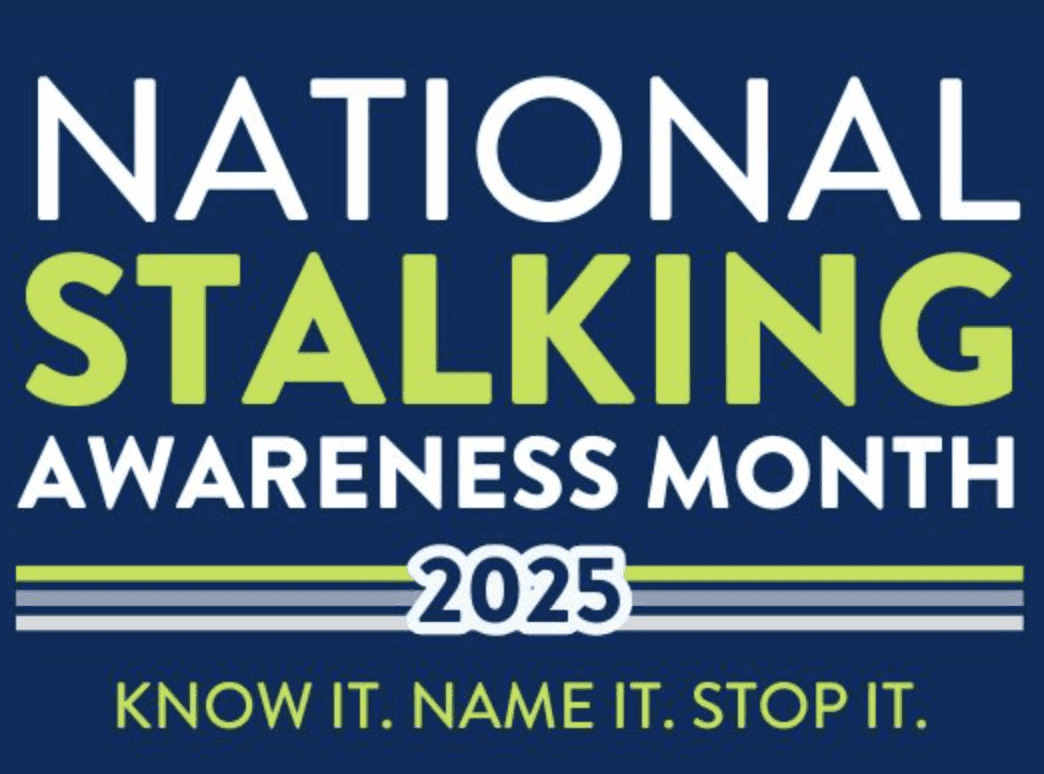By Sue Hubbard, M.D.
www.kidsdr.com
With all of the news about the measles (rubeola) in California (51 cases) and New York (25 cases), all pediatricians are on the alert for any measles cases in our areas. I’ve written many times about the importance of vaccines, but this latest outbreak of measles serves as yet another reminder of their value and the concept of herd immunity.
By maintaining high vaccine rates for all children (and adults), even those who may not have been vaccinated are protected because the “herd,” in other words, the largest group of children, has received the vaccine. It typically takes 90- to 95-percent vaccination rate to maintain this herd immunity.
Once the vaccination rate drops below this level, there’s more likelihood of seeing a re-occurrence of a disease. In some areas of the country, where parents may choose to “opt out” of vaccines, the vaccination rates are below 90 percent. This creates a critical situation.
Although measles was pronounced eliminated in the United States in 2000, it remains widespread worldwide. With international travel an everyday event, it only takes one person to “import” measles into this country.
Measles is a highly contagious disease spread by respiratory droplets. The virus can remain in a room for up to two hours after an infected person has been there. Viruses are smart and hardy. You’d never know it if you walked into a room or an airplane after someone had just left who had measles.
Remember, an infected person is contagious even before the measles rash appears. Measles symptoms may occur up to three weeks after exposure. The illness begins like many others with fever, runny nose, cough and red eyes. It takes several days before the measles rash develops. By this time, many other people have likely been exposed.
There are certain children who can’t receive vaccines for medical reasons. Those children are protected by all of the others who are vaccinated. Making sure your own children are vaccinated is paramount. Measles vaccine, given as an MMR combination (to protect against measles, mumps and rubella), is typically given at the 12-to-15-month-old doctor visit and again between the ages of 4 and 6.
There has also been a great deal of confusion on social media sites about measles (rubeola) and exanthem subitum (roseola). These are different illnesses, and measles is a vaccine preventable disease, while roseola is not.
Dr. Sue Hubbard is an award-winning pediatrician, medical editor and media host. “The Kid’s Doctor” TV feature can be seen on more than 90 stations across the U.S. Submit questions at http://www.kidsdr.com. The Kid’s Doctor e-book, “Tattoos to Texting: Parenting Today’s Teen,” is now available from Amazon and other e-book vendors.



